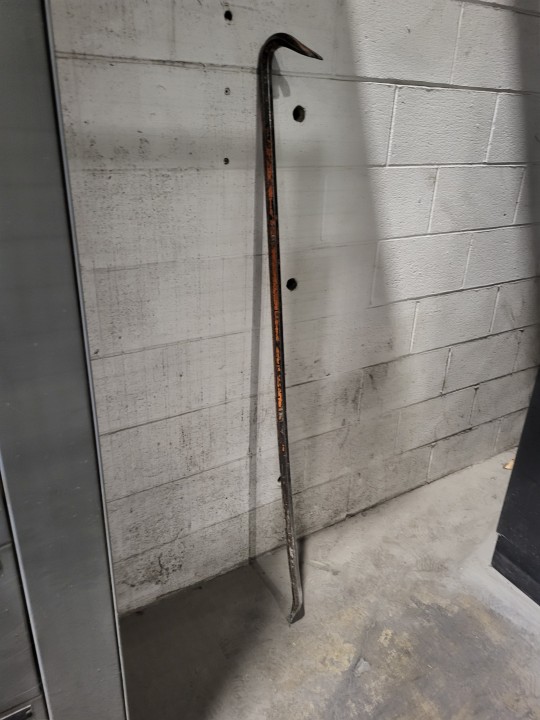Text
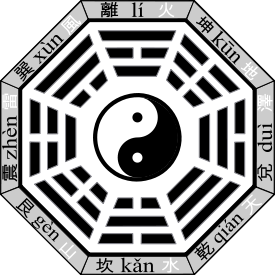
A Brief Discussion of Cheng Style Baguazhang
by Liu Jingru
Wuhun Magazine, 1999 vol. 1 no. 127
translated by Joseph Crandall
Baguazhang is one of the more famous of the traditional Chinese martial arts. It has distinctive practice skill methods and its palm method changes unfathomably. It has a good balanced reputation in the martial community. From the time of Qing Chengfeng (1851-1862), when Mr. Dong Haichuan introduced it until today, it is daily practiced and enjoyed by martial artists in China and overseas.
Mr. Dong Haichuan had many disciples. Yin Fu, Ma Weiqi, Shi Jidong, Song Changrong, Cheng Tinghua, Liang Zhenpo, Liu Fengchun, Zhang Zhankui, Fan Zhiyong, and Liu Baozhen were very famous. In terms of skill, achievements, dedication, and fame, Mr. Yin Fu and Mr. Cheng Tinghua come to the forefront. Although the principles and methods of their skill in Baguazhang was the same, after many years of training and teaching, each one gradually developed their own special style. These have become known as Yin Style Baguazhang and Cheng Style Baguazhang.
Mr. Cheng Tinghua, also called Yingfang was from Shen County in Hebei. He was born in 1848 and died in 1900. He was 52 years old. In Mr. Cheng’s early years he practiced Shuaijiao and Shaolin. As a result of someone’s recommendation, he asked to join Dong Haichuan’s school. He deeply got the pure essence and spirit of Baguazhang. Mr. Cheng was a large and strong man. He had an eyeglasses shop in Beijing. Therefore people all called him “Spiritual Strength Eyeglasses Cheng”.
In 1900, the Eight Countries Allied Armies invaded Beijing. Mr. Cheng wanted to stop a unit of the German army who were bullying the peaceful populace. He engaged the German army unit and was shot and killed.
Mr. Cheng had many students. The most famous were: Feng Junyi, Zhang Yukui, Kan Lingfeng, Li Wenpiao, Zhou Xiang, Zhang Yongde, Sun Lutang, Yang Mingshan, Guo Tongde, Liu Bin, Cheng Yougong, Cheng Youlong, and Cheng Youxin. They all made outstanding contributions to the development of Cheng Style Baguazhang.
Feng Junyi, was good at using the leg method. Men called him “Flying Legs Feng Junyi.” Zhang Yukui, was from a miller’s family. Men called him “Miller Zhang”. Kan Lingfeng men called “Kan Eight”. Zhang Yongde, sold boots. Hedid not know how to write, and often asked people to write letters for him. He never brushed pictures, only boots. Men called him “Boots Zhang.” Zhou Xiang’s face had pockmarks. Men called him “Pockmarks Zhou”. Guo Tongde sold steamed buns to make a living. Men called him “Steamed Buns Guo.” Yang Mingshan first studied with Mr. Cheng to make eyeglasses. Then he asked his teacher if he could also study Bagua. Liu Bin was Mr. Cheng’s youngest disciple. The above men all had very pure skills and were famous in the martial community.
Li Wenbiao, also called Guangpu, was among Cheng Tinghua’s most outstanding students. He was big and tall. His eyes were bright and his spirit was awesome. He was burly with enormous strength. He deeply got the pure understanding of Baguazhang. Li first followed Supervisor of the Military Xu Shichang and went to the Northeast. In Fengtian he was appointed to seek out foreign spies. At that time, many martial artists, like Warlord Li, Spiritual Wrestler Ji Si, Pigua Li Baorong, and Mr. Cheng’s nephew Cheng Yougong in the troops under his command. Later he held office with President Cao Kun in Beijing. Within his troops there were no less than ten of his Baguazhang classmates and some juniors, like Miller Zhang’s student Cui Yugui, Cheng Youlong’s student He Jun, Zhu WenBao’s student Liu Zhigang, and Cheng Tianhua’s student Liu Zitai. When Feng Yuyang rebelled against President Cao Kun, Li was killed in the confusion and looting. Master Li was famous for his depressing palm (ta zhang). No man dared to lightly test him. At that time, the martial community universally praised him.
Mr. Sun Lutang followed Guo Yunshen’s student Li Kuiyuan and studied Xingyi Quan. Then he asked Mr. Cheng Tinghua to teach him Bagua. Later he met Hao Weijin. Because his knowledge was already comparatively deep, he thereupon studied Taijiquan. Mr. Sun purely studied these three styles of martial art. He deeply got every nuance and fused them together. He authored The Real Meaning of Fighting, The Study of Xingyi Quan, The Study of Baguazhang, The Study of Taijiquan, and The Study of Bagua Sword, to be left for future generations. Mr. Sun held a teaching post at the Nanjing Central Kuoshu Institute. He was famous all over, and was one of the great martial arts teachers of his time.
Cheng Yougong, also known as Xiangting, was Mr. Cheng Tinghua’s nephew. When he first practiced Baguazhang, he would get up when the rooster crowed and practice assiduously. One time, in the Eyeglass shop, the disciples were all walking. Eyeglasses Cheng was in the central room drinking tea. Mr. Yougong was in the courtyard practicing the Turning Palms. Mr. Cheng not speak and Yougong was not allowed to stop or pause. In three years Yougong progressed greatly. When he followed Master Li Wenbiao in Fengtian looking for spies, he would practice the palms with a ten pound iron staff. He was never idle. Daily, by himself, would go out and arrest bandits. At that time, the bandits without a doubt all heard his name and lost their courage. He had a position in Headquarters Indoctrination Hall of the Northeast Army of Zhang Zuolin. He taught Baguazhang to Zhang Xueliang.
Cheng Youlong, also called Haiting, was Mr. Cheng Tinghua’s oldest son. When he was young he received Eyeglasses Cheng’s parental teachings. After he lost his father, he practiced his skills even more diligently. He later studied Taijiquan with Mr. Yang Jianhou and blended the two arts to make “Bagua Taiji Quan.” He was fair-skinned, and his nature was forthright and frank. He had a scholar’s air. He was pure in Baguazhang. He was also an expert in drawing and calligraphy. He extensively researched the principles of fighting. He also researched every nuance of the Paired Baguazhang Method and Bagua Meridian Mandarin Duck Axes. He died because he smoked too much. All of his classmates deeply mourned him.
Cheng Youxin, also called Shouting, was Mr. Cheng Tinghua’s second son. When Cheng Tinghua left this world, Youxin was only nine years old. He really never got his father’s true teachings, but learned from Cheng Tinghua’s students. They all gave him instruction and he reached a very high level. As a result of this, the instruction that he received came from many teachers. He did not receive one formal Bagua transmission. Nevertheless his skill caught up to that of his older brother, though it did not surpass it. Mr. Youxin was short and small. He was expert in lower basin stepping. Men called him ‘Cuo Ye’ (Short Uncle). The sum of his studies was his 64 Palms, only he was closefisted in teaching it. Only Mr. Liu Tanfeng got his teachings.
Principle Characteristics of Cheng Style Baguazhang
When practicing, you must walk the circle. Each circle is made up of eight steps with the idea of the feet stepping on the eight trigrams. Walk using the mud treading steps. The inside step moves straight. The outside foot slightly hooks inwards. Walking is done along the edge of the circle and is divided into upper middle and lower basins.
When the hands go out, you must have one palm reach out to the front and one palm defend in the rear. The fingers of both palms point upwards. The thumbs are open wide. The tiger’s mouths are round and push out. The remaining fingers are slightly curved. The fingers can be slightly spread or you can have the fourth and fifth fingers sticking together. The palms face the front and are naturally concave. The form of the back of the palm is like a tile. The heel of the palm pushes out. The palm strength is vigorous. It is called “Dragon Claw Palm.” The basic palm formation above is from Mr. Dong Haichuan.
The steps in Yin Style Baguazhang are small, lively, and tend towards a natural step. In Cheng Style Baguazhang, the steps are slightly larger. They change and transform at many points. Cheng Style Baguazhang is especially good at using large swing and hook steps. This is because Cheng Tinghua practiced Shuaijiao in his early days. The gripping and throwing method was blended into his Baguazhang. The swing step and hook step are truly transformed to cause tripping.
The outgoing hand in Yin Style Baguazhang is direct, with particular attention paid to suddenness, crispness, firmness, quickness, and abundant springy shaking strength. Men call it hard palm. Cheng Style Baguazhang pays attention to the interplay of hard and soft, with a lot of spiraling energy. It often has touching, sticking, continuously following, neutralizing, issuing and releasing, all coordinated together.
Cheng Style Baguazhang mainly uses hidden legs. It is very good at using the tips of the foot. When doing piercing palm, the heart of the palm faces upwards. The five fingers point to the front. The pierce goes out under the front arm. The palm method has cloud, thrust between, pierce, and strike... only it mainly uses push, uphold, pull aside, lead, parry, hook, split and advance.
Cheng Style Baguazhang is very good at holding three forms concurrently: Walking like a dragon. Turning like a monkey. Changing postures like an eagle. Sometimes it is tight and compact. Sometimes it is big and open. It is nimble, circular, and lively. It stretches out everywhere. It is especially good at twisting, wrapping, drilling, and overturning. The turning palms are like twisting rope.
The Palm Method Routines of Cheng Style Baguazhang
Mr. Cheng Tinghua had many students. For the most part they all had skill before they sought instruction from the master. Some of the students only studied a few palms before they left the teacher. They gained considerable fame among their contemporaries. Consequently by the time we get to the fourth generation, the names of the practice methods of the basic eight palms, eight big palms and their routines are no longer the same. Cheng Youlong’s student Sun Xikun wrote Genuine Transmissions of Baguazhang. In it his Eight Big Palms are: Single Change Palm, Double Change Palm, Flowing Posture Palm, Three Piercing Palms, Grinding Body Palm, Overturning Body Palm, and Returning Body Palm. Mr. Cheng Youxin was Cheng Youlong’s little brother. His Eight Big Palms do not have Three Piercing Palms, but instead have Turning Body Palm. My teacher, Luo Xingwu, asked Cheng Yougong about this business. Mr. Cheng Yougong said, “The Eight Big Palms must contain Turning Body Palm, and do not have Three Piercing Palms. Maybe Sun Xikun only had seven palms. Maybe he kept one palm secret and used Three Piercing Palms as a substitute.” Saying this, he immediately demonstrated Turning Body Palm. Therefore my teacher’s Turning Body Palm is from Cheng Yougong’s tradition and not Li Wenbiao’s teachings.
The Palm Method Routines of Cheng Style Baguazhang are:
Basic Eight Palms: Fierce Tiger Leaves the Mountain, Big Peng Spreads it Wings, Lion Opens it Big Mouth, White Ape Offers the Peach, Embrace the Moon to the Center of the Chest, Black Bear Searching Arms, Point to Heaven Insert to Ground, and Green Dragon Searching Claws.
Each palm has its own special energy and strength. Each palm has its own functional method. These are not just sections of Bagua’s palm method, but they are also the foundation of the Eight Big Palms and the 64 Palms. Therefore they are called the Basic Palms.
The Eight Big Palms: Single Change Palm, Double Change Palm, Flowing Posture Palm, Behind the Body Palm, Turning Body Palm, Grinding Body Palm, Overturning Body Palm, and Returning Body Palm.
The Eight Big Palms are not only the core routines for practicing Baguazhang skills, but they each also possess eight distinctive striking methods.
Single Change Palm is the outgoing hand already striking. All of a sudden it appears and it is over. Double Change Palm is a continuation of Single Change Palm, doing two or three strikes in a row. Flowing Posture Palm goes in the same direction as the opponent’s incoming hand. The energy and strength flow with the posture and yet strike. Behind the Body Palm goes contrary to the opponent’s incoming hand’s direction, contrary to energy and strength and yet strike. Turning Body Palm is turning to the left and right in front of the enemy. It has the left rotating and right turning striking methods. Grinding Body Palm uses toeing in and toeing out stepping in place in front of the enemy. It uses close-in striking. Overturning Body Palm uses suddenly turning over the body to strike in adverse circumstances. Returning Body Palm uses striking and then immediately walking away. Suddenly you turn back and strike again. Thereby defeating your opponent by a surprise move. Thus, the saying: “If you have Single , then you must have Double. If you have Flowing then you must have Behind. Turning Body Palm rotates left and turns right. Grinding Body Palm is not far from the enemy’s body. Overturning Body Palm is like the overturning body of a python, it defeats ones opponent by a surprise move. Returning Body Palm strikes and then walks away, walks and also returns. It is like a sparrowhawk turning back its head to grips its body.”
64 Palms: Though not included in the Eight Big Palms, each palm again adds seven palms. Together they are called Single Change Eight Palms. These are eight kinds strikes having the outgoing hand striking suddenly and being suddenly done. Double Change Eight Palms continues from Single Change Palm. It has eight types of strikes done two or three times in succession. Flowing Posture Eight Palms has eight types of strikes moving in the same direction as the opponent’s incoming hand’s direction. Behind the Body Eight Palms has eight types of strikes that go contrary to the opponent’s incoming hand’s direction, energy, and strength. Turning Body Eight Palms has eight types of strikes done now to the left and now to the right in front of the enemy. Grinding Body Eight Palms has eight types of strikes toeing in and toeing out in place close to the body in front of the enemy. Overturning Body Eight Palms has eight types of suddenly overturning the body to strike in adverse circumstances to defeat the opponent by a surprise move. Returning Body Eight Palms has eight types of striking and walking away, walking and also returning to strike.
The 64 Palms is a complete summation of the practice methods that Master Cheng Youxin learned from Master Cheng Tinghua and all of his classmates. truly is second generation, third generation and master Cheng Youxin’s 50 years painstaking training. By practicing the 64 Palms, not only can you strengthen your skill, but you can enrich the palm methods, and it can even help you to grasp the skills and essentials of Baguazhang.
Swimming Body Connected Palms: Swimming Body Connected Palms consists of the Basic Palms, Eight Big Palms, and the 64 Palms reorganized into connected routines. It can be used for participating in competitions and performances. It provides the practitioner with aesthetic grace. By practicing it you will strengthen your awareness of attack and defense. It will add many more changes to the palm method. The body method will become more agile. The stepping method will become still more ingenious. The skill will become richer. By going through with the training, the whole body, each muscle, joint, and organ, all parts of each physiological system get trained. It dispels disease, strengthens the body, and is a means of prolonging life.
Cheng Style Baguazhang Weapons Routines
Master Dong Haichuan was very good at the saber method. Master Dong’s epitaph says: “Dong’s hands went inches past his knees, therefore fists and palms many leave the man unexpected, all difficult defend against.” The length of the body of the Bagua saber is 4 feet 2 inches. Add this to the fact that Master Dong’s hands reached past his knees, we are approaching seven feet of length and beyond. We can infer that Master Dong, when he had a saber in his hand, was an impressive and extraordinary sight to behold. Therefore all of Master Dong’s students were good at the Bagua saber method. Cheng Style Baguazhang has in it Rolling Hand Saber, Point the Road Saber, Crowd Blocking Saber, and using the principles of walking and turning is Turning Saber.
Cheng Style Baguazhang has the sword method in it. Sun Lutang wrote a book A Study of Bagua Sword. Master Sun Xikun also has a sword method in his True Transmission of Baguazhang. The sword’s style and functional method are similar to the Bagua Saber. The Bagua sword has two edges, and besides the saber-like methods, there are the many uses of the sword’s point.
There are spear methods in Cheng Style Baguazhang, many of which are from the teachings of Big Spear Liu Dekuan. After Master Cheng Tinghua died, Big Spear Liu was the acting teacher and controlled the junior apprentices. He did his best to teach them, and give guidance and support to the less advanced. His transmission has Fighting Body Spear, Eight Spear, Black and White Sparrowhawk, Small Sparrowhawk, the method of the halberd, qinna methods and the straight line practice of 64 Hands.
27 notes
·
View notes
Note
Good day - saw in one of your posts that you practice stuff from Sam Masich. And are in Canada.
My own teacher - Michael Babin, now retired fully just this month - trained with Sam Masich years ago.
May I ask where you are situated?
Currently in Southern Ontario and associated with the Canadian Taiji Quan Federation. What are you looking for?
2 notes
·
View notes
Text
I feel called out by this.
Repost from @renzorage
19K notes
·
View notes
Text
So as you’ve noticed I’ve been missing for a long time. I got a lateral release surgery done to my right knee and afterwards my leg atrophied. I’ve spent the better part of 2.5 years working on rebuilding my strength. I’m at about 80% now.
The goal was to get good enough to test for my fourth degree, and that was achieved last month! So now it’s to keep working on the strength and hopefully get into the competitive sphere again :)
42 notes
·
View notes
Text
I still can't get the eyes to blink quite right haha
7 notes
·
View notes
Text
230 notes
·
View notes
Text
You can find a copy on Archive.org



Brucelee got his isometrics from this Bob Hoffman book. You can actually order it on Amazon and there is a bunch of links where you can read it for free online. It is extremely basic and it is effective but he disregarded it after a year.
15 notes
·
View notes
Text
In our club we would have some play between jian and dao as well as qiang and dao as well. Though that was fairly few and far between.
While this example is choreographed it does go to show that classically there would have been a lot of mixed weapon sparring.
God I fucking love mixed weapon fighting so much, just being able to go at it with the thing you're most comfortable with against someone else using the thing they're most comfortable with is so cool and awesome, coming up with strategies to a weapon set you don't use and testing them against someone doing the same, it's so rad tbh
Makes me sad that so many places I've fought in regard it as like, an afterthought at best
51 notes
·
View notes
Photo
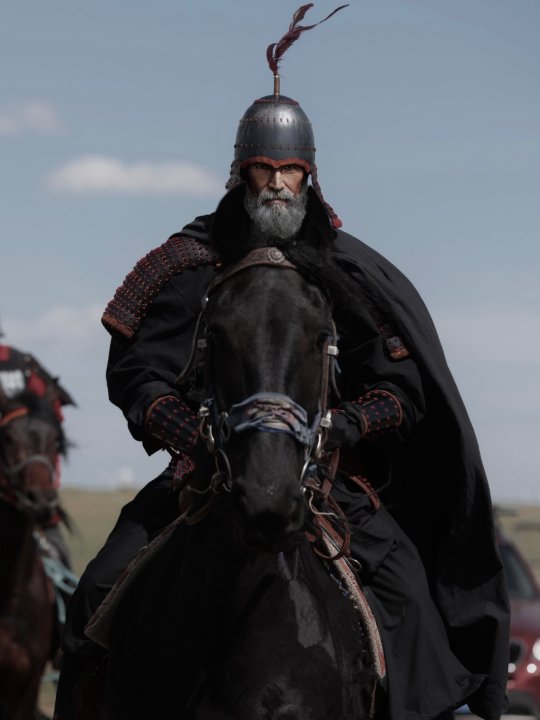
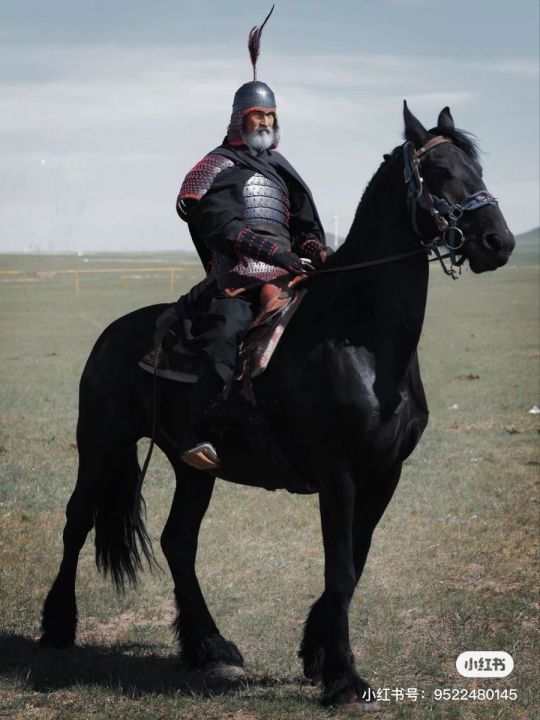
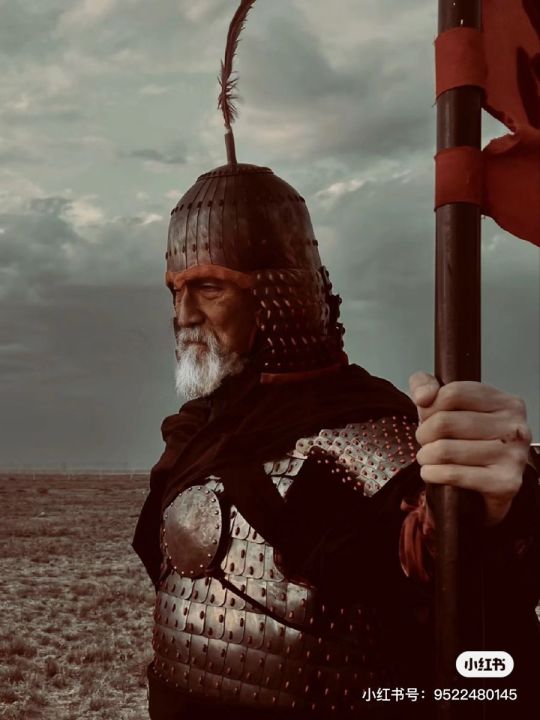


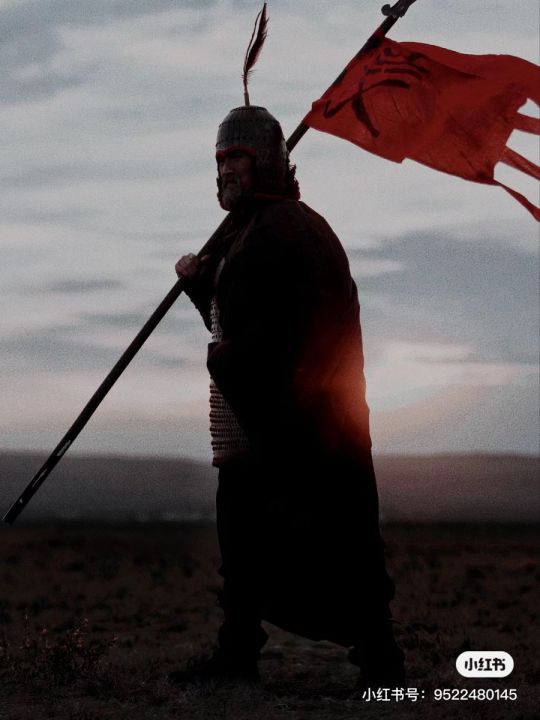
【Chinese Armor】Chinese Han Dynasty (202 BC – 9 AD, 25–220 AD) Armor BY William C/铠甲超哥
——–——-
William C/铠甲超哥 Twitter 🔗:https://twitter.com/ZC_1110
Chinese Armorman Group Weibo🔗:https://weibo.com/1593597392/LhAzYfHrx
——–——-
116 notes
·
View notes
Text
 What most people forget is boxing is a martial art. Bruce lee said you only need 10 moves . Martial art masters created clutter to create income . Fighting is simple , a punch is a punch , a kick is a kick.
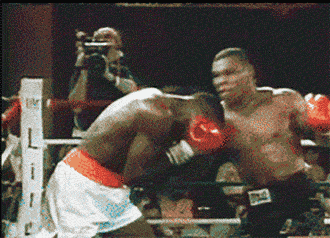

375 notes
·
View notes
Text
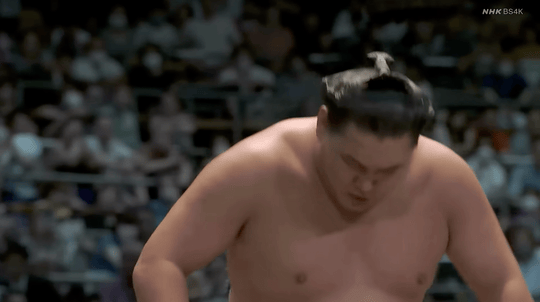
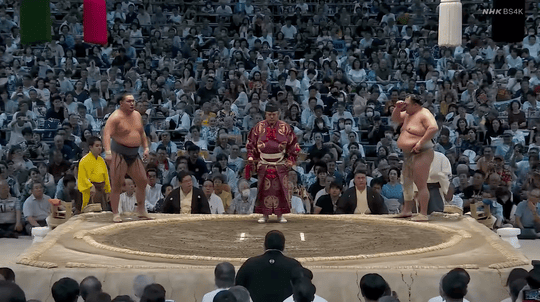

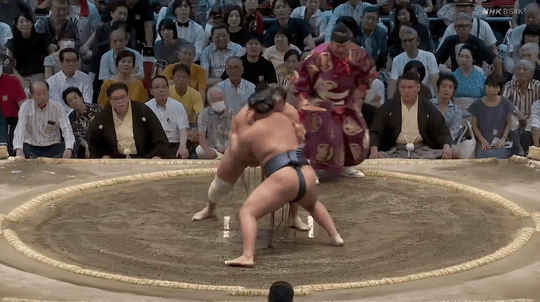
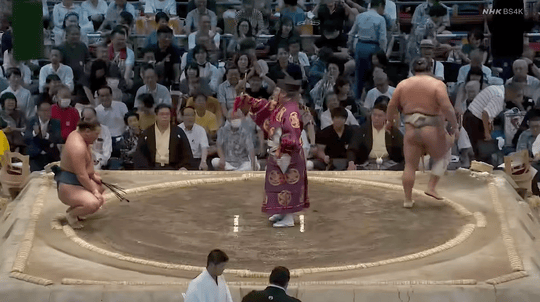
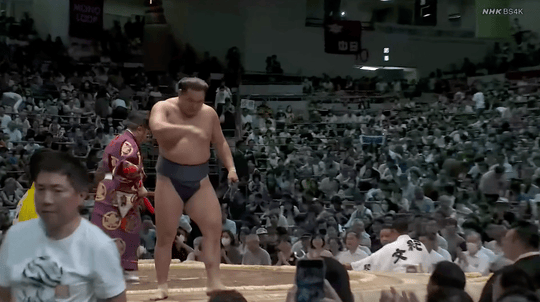
HOSHORYU YUSHO!
After first defeating Hakuoho, Hoshoryu and Hokutofuji were tied at 12-3, leading to one last playoff match, from which Hoshoryu walked away the victor, earning is first yusho.

21 notes
·
View notes

